In many countries in Southeast Asia, such as Myanmar, Thailand, Laos and Cambodia, the arrival of spring also marks the beginning of the new year. Songkran (สงกรานต์), as the festival welcoming in the new year is called in Thai, is often celebrated with playful water fights on city streets over the course of three chaotic days.
In 2022, Songkran will begin April 13 and last until the evening of April 15. The dates are calculated via the lunisolar calendar, which accounts both for the movement of the sun through the zodiac and the moon’s cycles. Specifically, the dates mark the period when the Sun’s leaving the constellation of Pisces and entering Aries.
Over these days, cities turn into playful battlegrounds. Children emerge armed from their houses and bands of revelers gather on the sides of the roads ready to waylay passersby. This, though, is a war with water.
As a scholar of Thai religion and culture, I have done fieldwork in Bangkok and Chiang Mai off and on for many years. I first encountered Songkran in Bangkok in 2010, and it was shocking for me. After sustaining a few discreet squirts from children in my neighborhood I emerged into a full melee; staying dry was simply out of the question.
No consuma noticias, entiéndalas.
In Theravada Buddhism, the religion practiced from Sri Lanka to Laos, this is the most significant holiday of the year. The day is known as Sangkren in Cambodia, Thingyan in Myanmar, or simply Pi Mai in Laos.
In the diaspora, Songkran festivals happen wherever there is a Theravada temple, most notably in Los Angeles and Washington, D.C.
Full story: theconversation.com
The Conversation







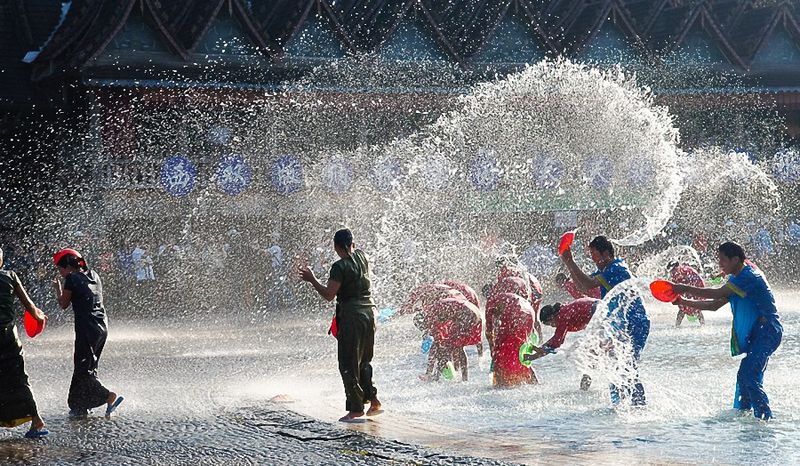



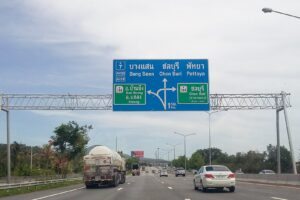
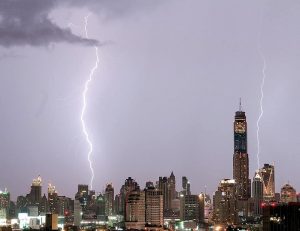

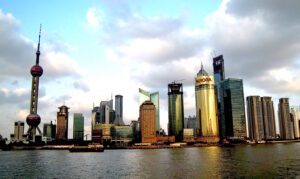
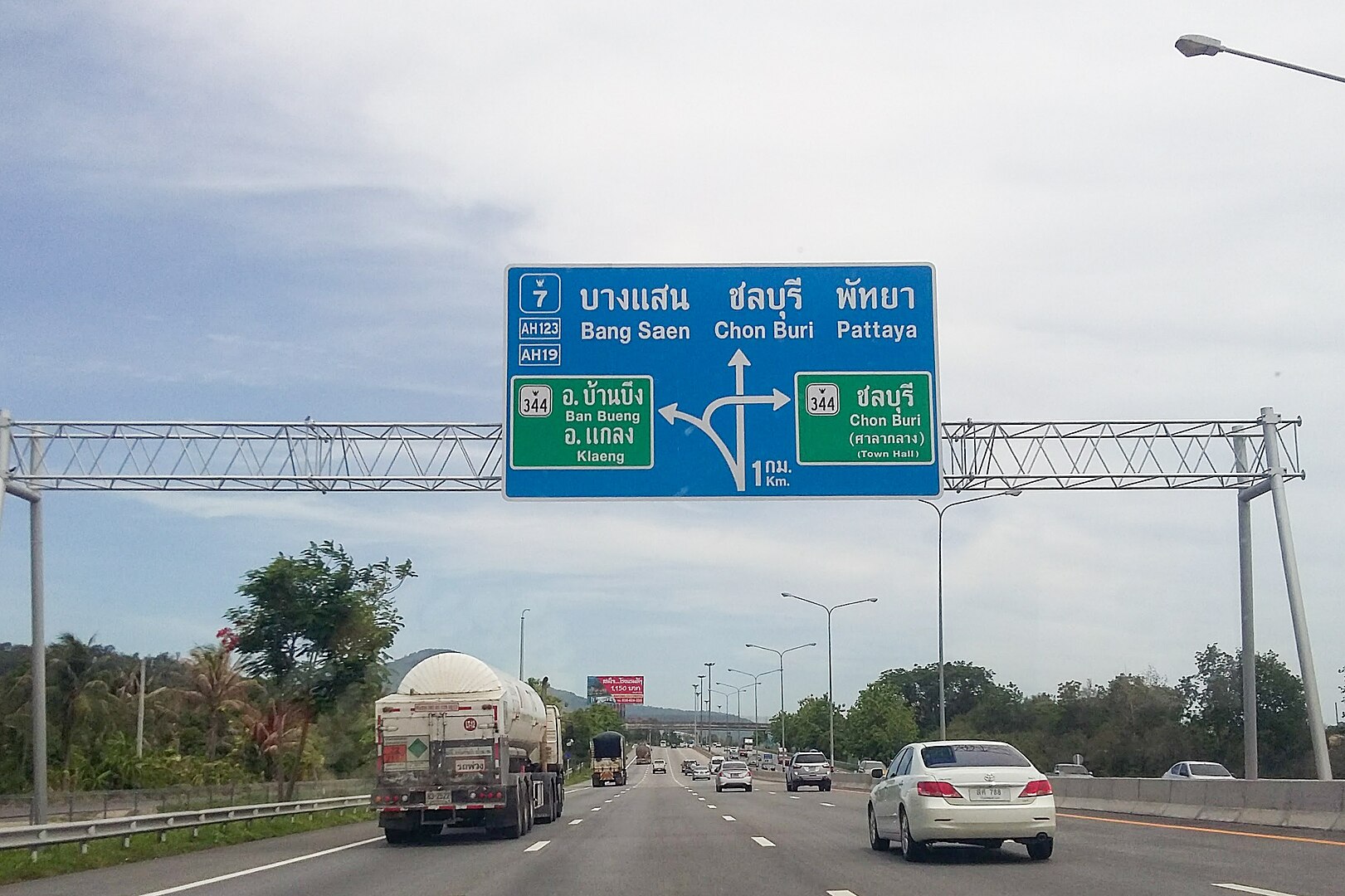

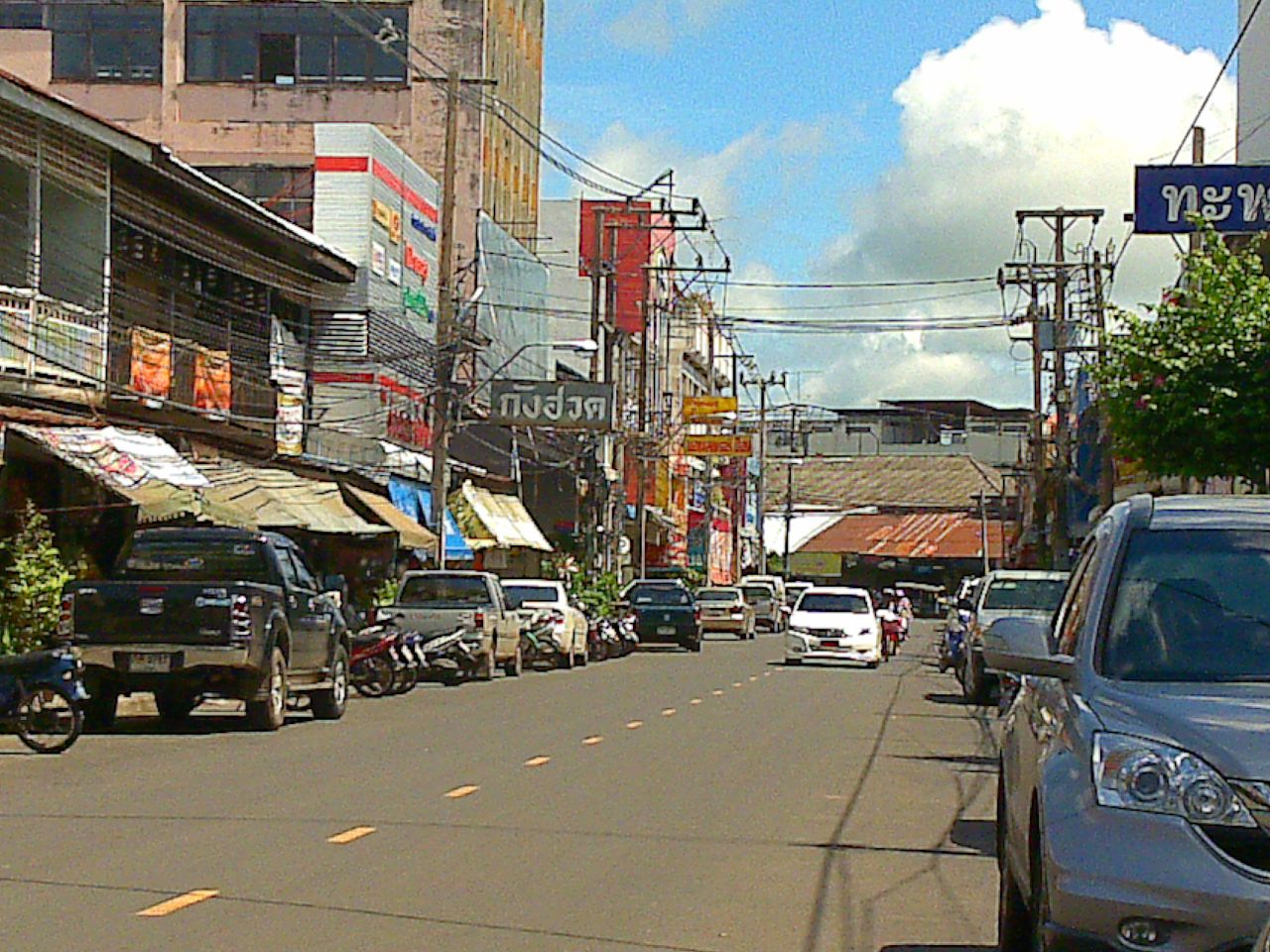
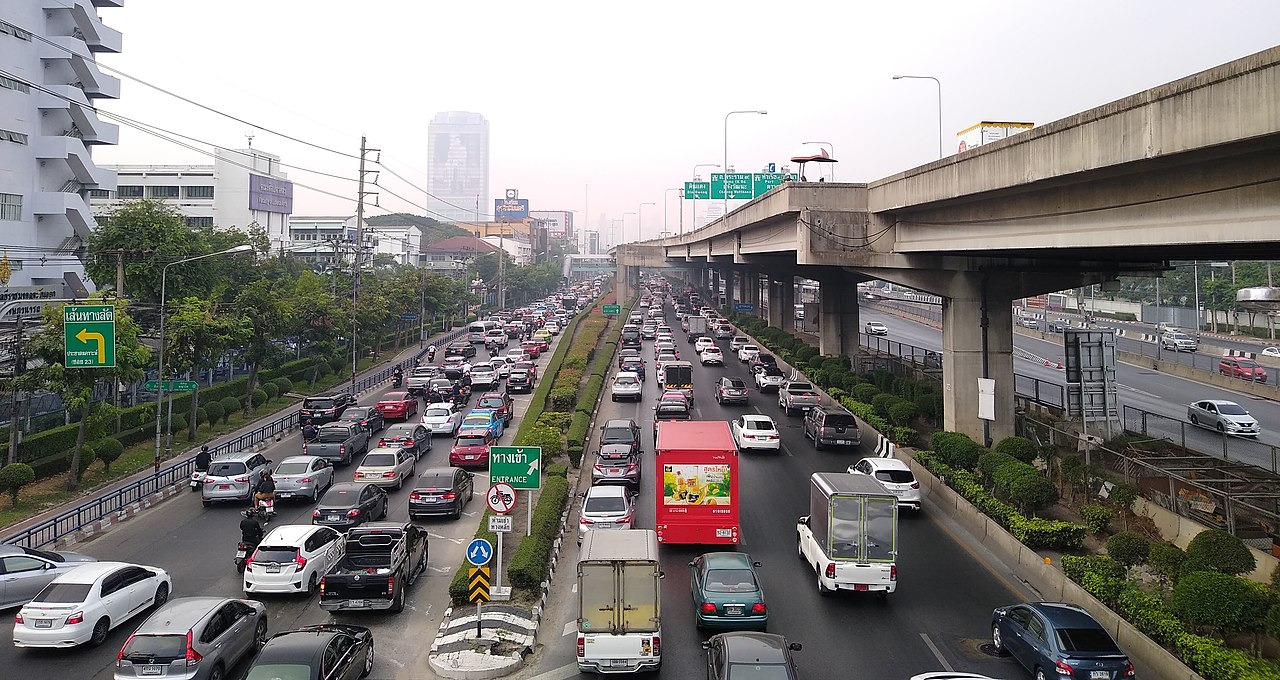
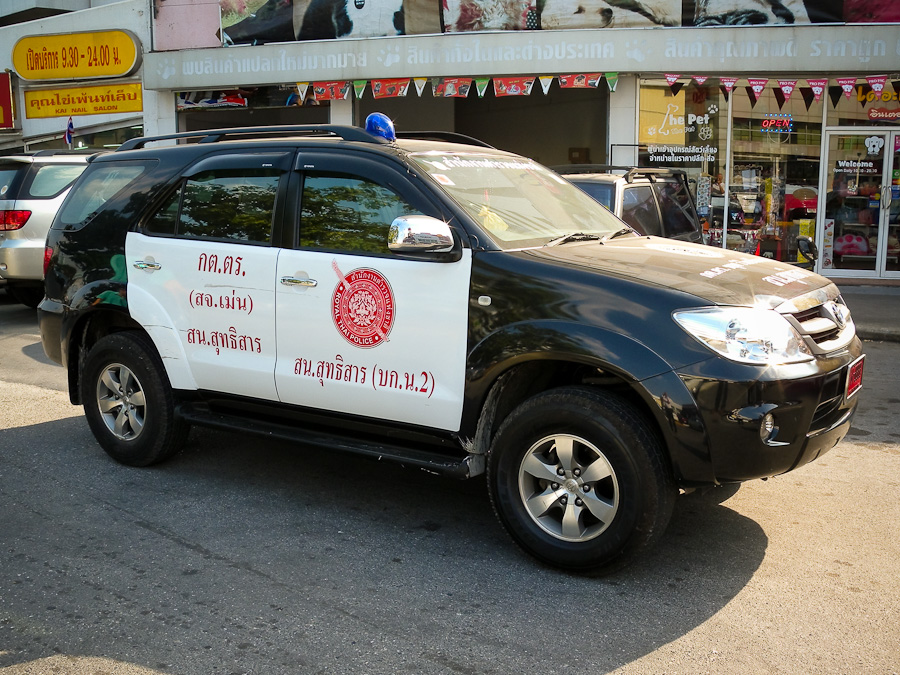

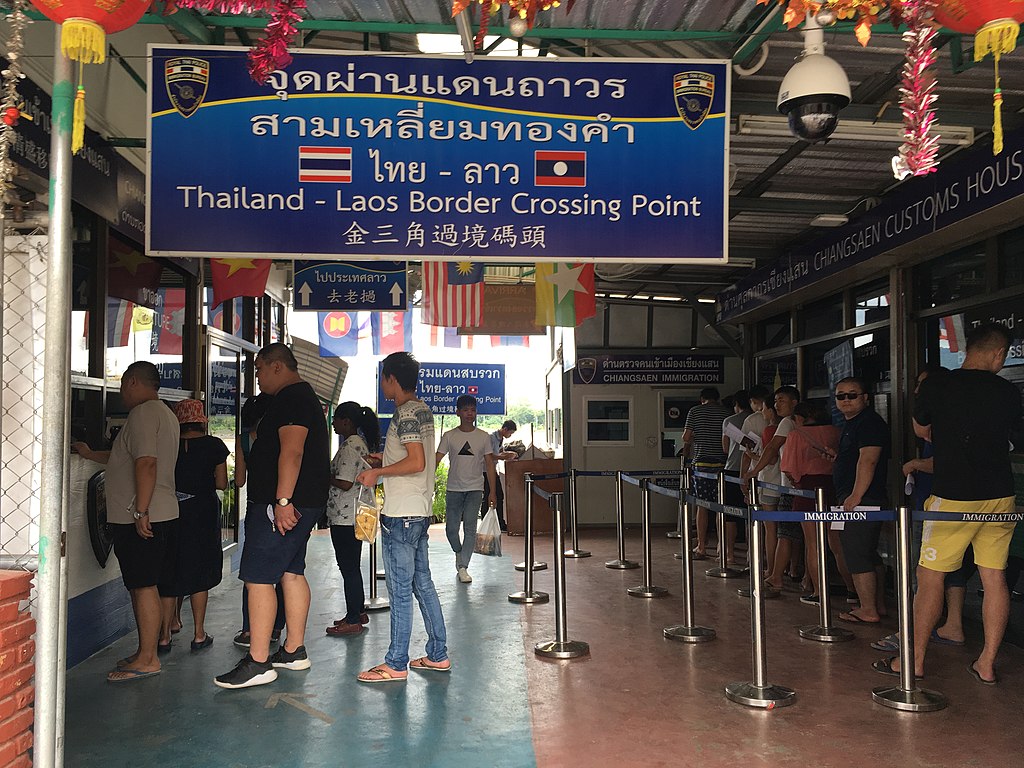
+ There are no comments
Add yours